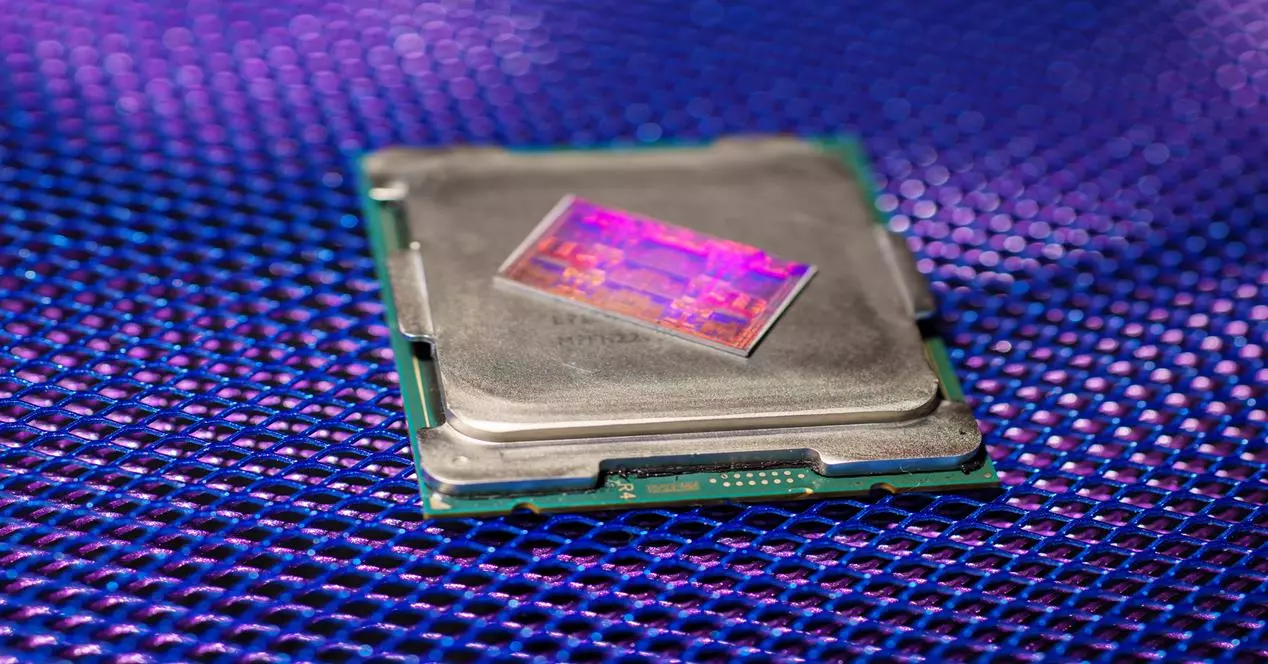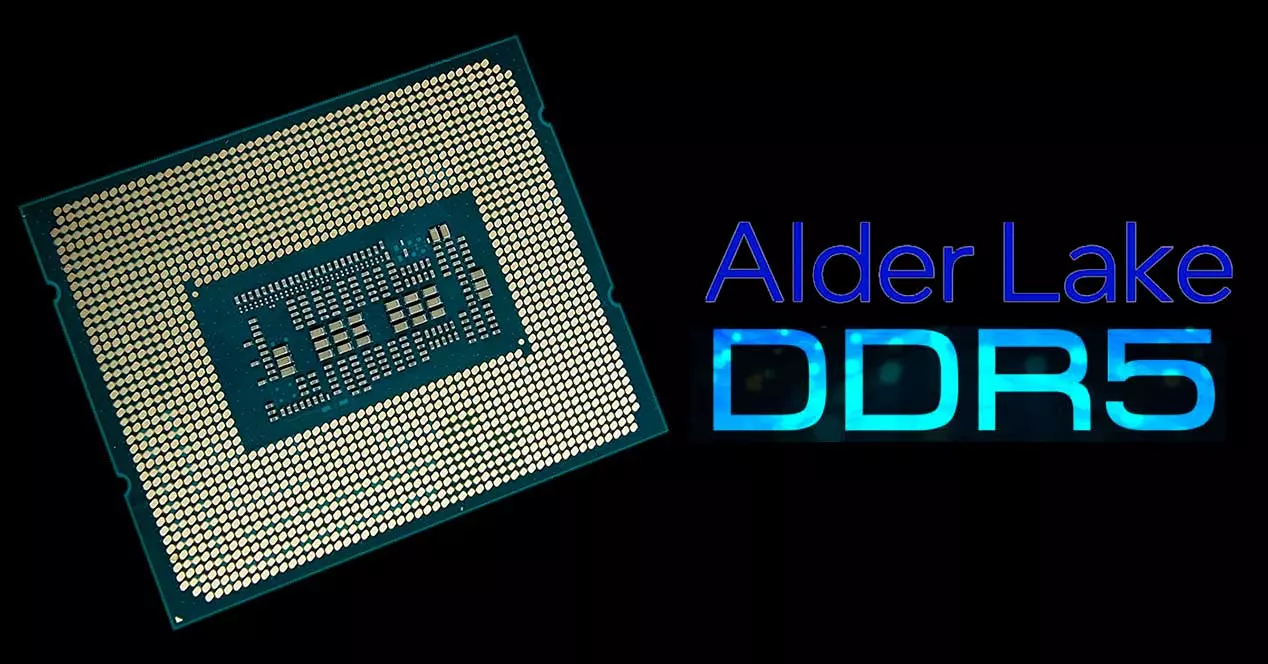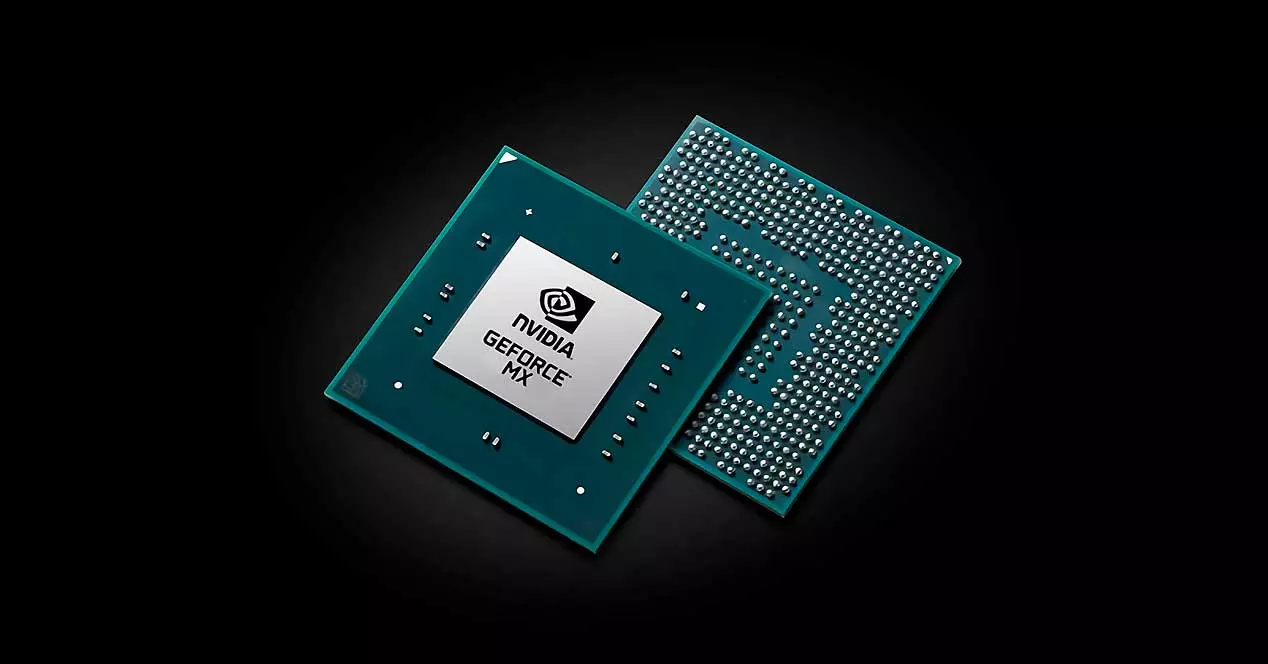
First of all, take some salt, because it is a rumor that although it has been launched by a famous leaker with a reputation, some part of so much information could not be correct or 100% true. That said, what we are going to comment on affects the entire range of processors, whether or not they are K or KF, so it affects the architecture as we will see below.
Details of Alder Lake-S: back to the past to go to the future
There is new information on several key points, so let’s start with the most trivial and perhaps most obvious from what was previously leaked. November 4 remains the launch date of the processors and platform itself, where the reviews must do the same on that day, but … There are nuances. Only the K and KF, where in addition only the chipset will be available Z690 with another interesting slip.
And is that the PCIe 5.0 that integrates each processor will only be available for the first PCIe slot on the motherboard at a speed of x16, while the M.2 will continue in version 4.0, including the chipset lines. For that reason, and in theory, manufacturers are going to focus on business SSDs with this new bus and we will not see them in 2022 for desktop. The good thing about this is that it is claimed that chipsets do not get hot like AMDs and neither board will carry active dissipation.
Memory and controller voltage changes
Due to the change that DDR5 implies in terms of its power, things are going to change a lot. There is talk of a limit in DDR4 of 3,600 MHz and only in Gear 1 as in Rocket Lake-S, while the new DDR5 will always be in Gear 2, where this parameter will also increase according to the speed of this new memory until it reaches Gear 4 when manufacturers exceed 10,000 MHz.
If this weren’t enough of a change, Intel partially goes back in time, as it is reported that part of the heating and temperature issues could come around the turn of FIVR, something that was implemented for the first time in Haswell and despite being a much more advanced voltage control system, it raised criticism for the temperature it generated too much.
Now Intel has included in a single voltage the so-called VCSSA and VCCIO (it was about time), where now said parameter will have 1.8V. The FIVR will also only be working for the Uncore, being the voltages of the cores controlled by the motherboard, an interesting script twist that occurred as we say from the passage from 22 nm to 14 nm and now from 14 nm to 10 nm.
As if that were not enough, Windows 10 does not use the Gracemont cores and only the Golden Cove cores will work, something similar to what Windows 11 does when it detects a game engine, where it deactivates the first ones to allow access to said engine to the L3 seconds and reduce overall system latency.
As we can see, a step back is taken to advance another two, the formula is partially repeated and the data will dictate the judgment on whether Intel is right or wrong. There is less left in any case …





